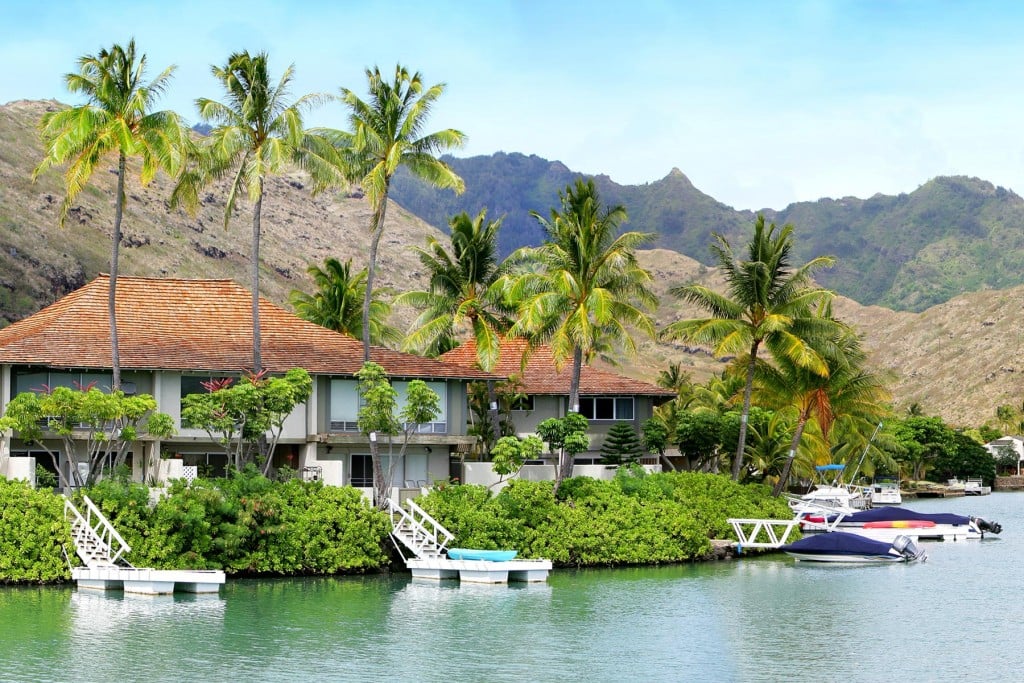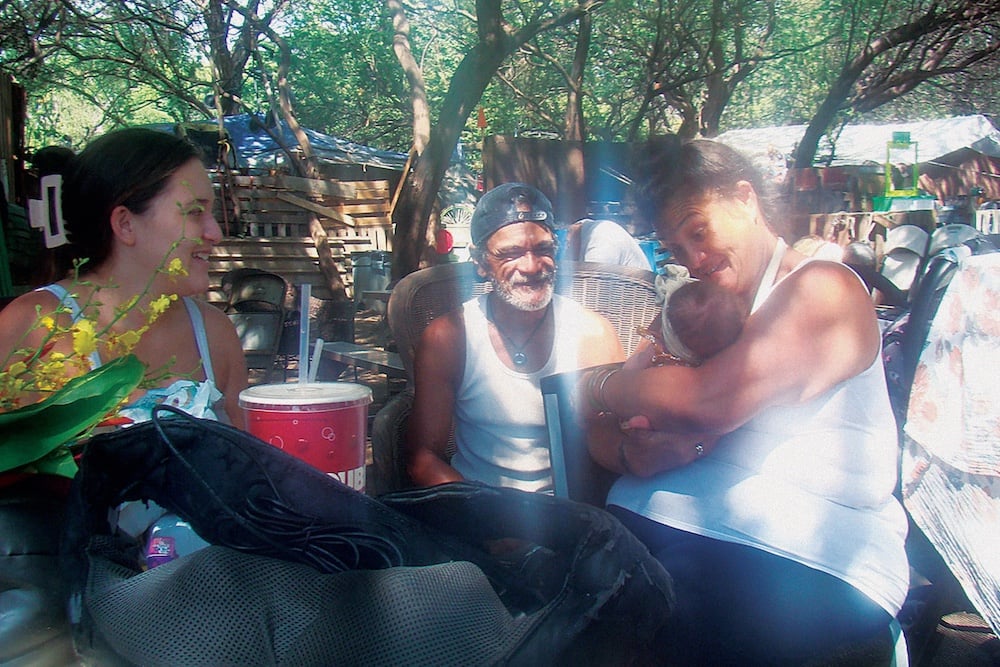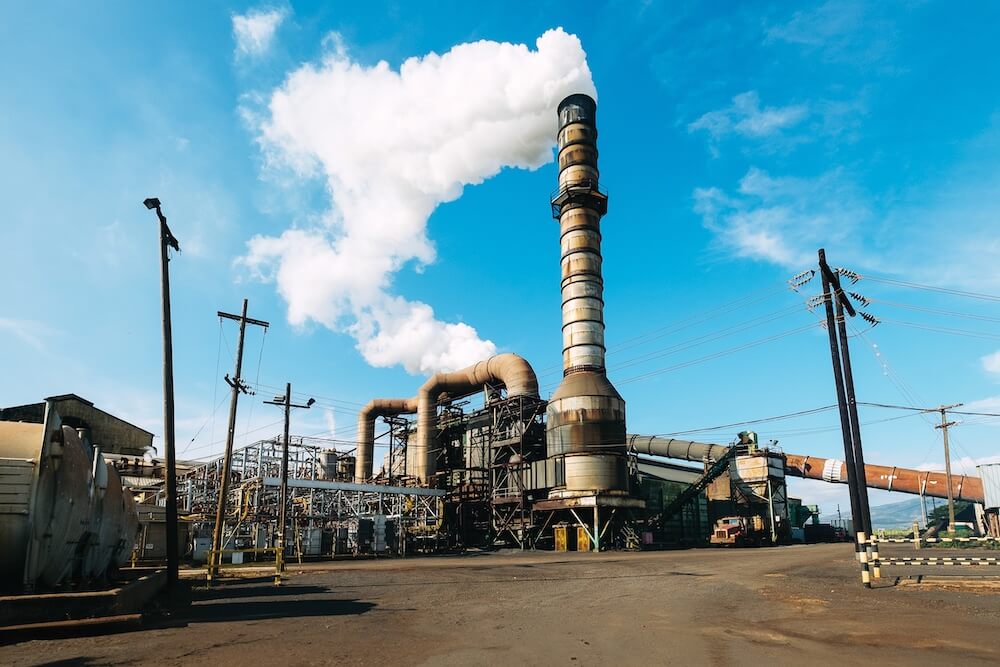Each Part of O‘ahu Has a Unique Real Estate Market
All 21 regions have higher median prices this year for single-family homes, with the two priciest markets seeing the smallest percentage increases, and two rural regions the largest.

O‘ahu’s shifting real estate market has 21 different stories to tell this year.
Each of the island’s regions has seen higher median prices during the first three quarters of 2022, even as rising interest rates have helped cool demand from last year’s hot market.
“We’re in a different market environment than we experienced one year ago,” says Chad
Takesue, president of the Honolulu Board of Realtors. “Now, we see properties spending more time on the market before moving into escrow and bidding over the asking price is becoming less common.”
So far this year just two of O‘ahu’s 21 regions have had more sales of single-family homes compared to the same period in 2021.
- One of the most intriguing markets is Waipahu, where the number of single-family homes sold rose 3% to 178 in the first nine months of 2022. The median price there increased 14% to $956,500. Meanwhile, the number of homes available for sale is nearly double what it was at the same point last year: 29 now vs. 16 last year. But pending sales are down 13%, so Waipahu may end the year with fewer sales than in 2021.
- The other O‘ahu region with more single-family home sales is Mililani, where two more houses have sold during the first three quarters this year compared to last year, an increase of 1% to 160. The median price there increased by 14%, to $1.09 million. And while active inventory is 47% higher than a year ago, pending sales are slightly higher, by one home.
The two areas with the greatest number of home sales are on opposite ends of the island:
- The ʻEwa Plain includes everything from ‘Ewa Beach to Kapolei and on to Ko Olina Resort. It’s had a total of 582 sales this year, down 14% from last year, while the median price is up 11% to $931,000. Active inventory there grew the most – a 156% increase to 105 homes for sale as of Sept. 30, from just 41 at the same point last year. Pending sales are down 21%.
- Kailua-Waimānalo had 266 home sales through Sept. 30, down 17% from 320 in the same period last year. Even so, the median price of $1.58 million is up 8% from last year. Active inventory there as of Sept. 30 is 31% higher than a year ago, with 42 homes for sale this year versus 32 last year. Pending sales are down 12%.
The highest median price increases this year have been in Windward Oʻahu and on the North Shore:
- The Windward Coast, as defined by the Honolulu Board of Realtors, runs from Kāne‘ohe to Hau‘ula. The median price there increased 24% to $1.2 million, while sales dropped 43% to 44 homes sold.
- The North Shore runs from Lāʻie to Mokulēʻia. Its median price rose 25% to $1.72 million, even as sales declined 22% to 91 homes sold.
The smallest median price increases were in the two priciest markets:
- Wai‘alae-Kāhala went up 5% to $2.5 million, the highest median price on O‘ahu, and sales declined 25% to 73 homes.
- ʻĀina Haina-Kuli‘ou‘ou, including Hawaiʻi Loa Ridge, went up 5% to $1.74 million – the second-highest median price on the island, and sales dropped 30% to 69.
Speaking of pricey, only six Oʻahu regions have median prices below $1 million. In 2019 and 2020, it was the other way around: 15 regions had median prices of less than $1 million and six had median prices of $1 million or more.
The six regions below $1 million include the ʻEwa Plain and Waipahu (see above), Kalihi-Pālama ($930,000, up 9%), Makakilo ($998,000, up 11%), and:
- Mākaha-Nānākuli, which has the lowest median price on O‘ahu for the first three quarters of 2022 at $705,000, 12% higher than a year ago. Sales there declined 12% to 235 homes sold. In 2019, the median price was $505,000; since then, that’s jumped about 40%. The active inventory there as of Sept. 30 is nearly double the previous year, with 72 homes for sale; pending sales are down 29%.
- Wahiawā, with the second-lowest median price on Oahu at $900,000, which is 21% higher than a year ago. Sales through Sept. 30 were 14% lower than in 2021, while pending sales are down 9%. The active inventory grew by 67%, with 10 houses on the market compared to six last year.








